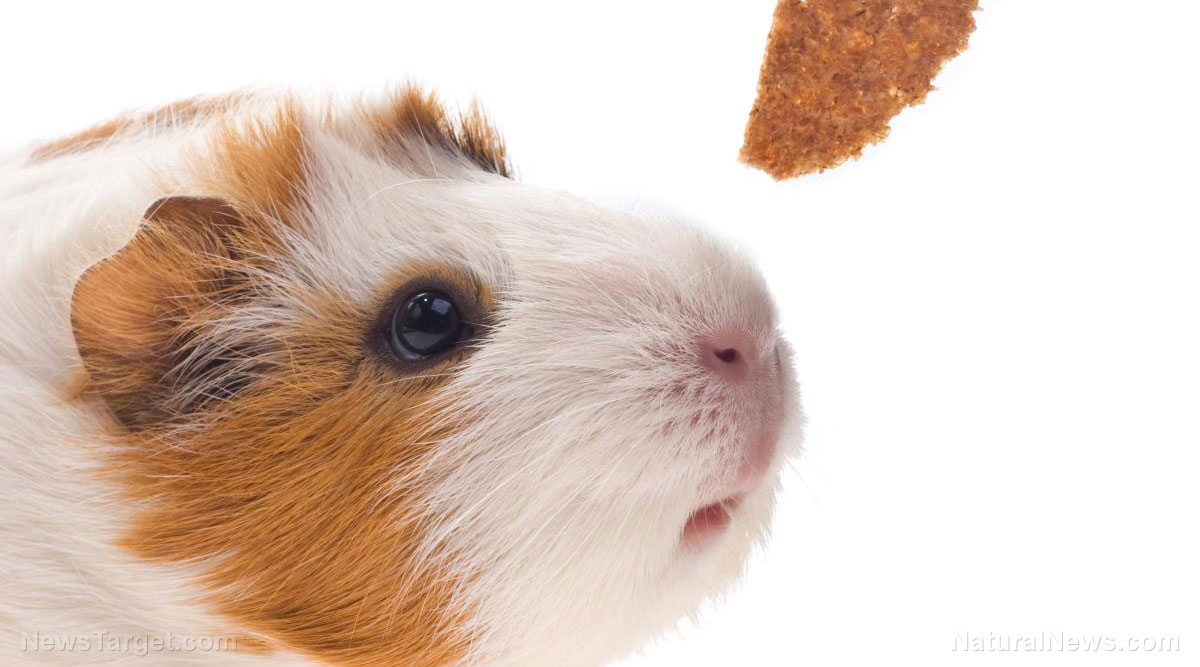Can a healthy diet boost the positive outcomes of qigong and tai chi?
11/28/2019 / By Evangelyn Rodriguez

Tai chi is a mind-body practice that was first developed in China as a martial art. It is closely related to qigong, an exercise system used in traditional Chinese medicine (TCM) for the purpose of cultivating qi or a person’s life force. Today, both forms of exercise are practiced for health-related or healing purposes and are even studied for their therapeutic benefits. In a recent study published in The Journal of Alternative and Complementary Medicine, researchers from Virginia Polytechnic Institute and State University explored the potential influence of curriculum, frequency of practice and dietary quality on the health of tai chi and qigong practitioners. They found that either exercise, when combined with a healthy diet and regular practice, provides better results and even reduces some of the effects of aging.
Tai chi and qi gong: principles and practice
Although similar in some ways, tai chi and qi gong differ in terms of execution. Often described as “meditation in motion,” tai chi is known for combining imagery and slow, fluid motions. Compared to other exercises, the movements used in tai chi are never forced. This allows practitioners to do the following:
- Move with circular, effortless movements
- Maintain relaxed muscles
- Avoid extending or bending joints
- Prevent connective tissues from being stretched
Because of these elements, tai chi is not only an easy-flowing, adaptable exercise, it is also well-suited for people confined to wheelchairs or patients recovering from surgery.
Qigong, on the other hand, combines strength and flexibility with breathing exercises, focused attention, and imagery. Qigong has many forms and can be practiced in many ways. For instance, internal qigong, like yoga, is intended for individual practice and personal healing, while external qigong involves a TCM practitioner using his own qi to facilitate the healing of a patient after diagnosis.

Unlike tai chi, qigong makes use of various techniques to enable a person to control or cultivate his own life energy. These techniques include:
- Breathing techniques
- Guided imagery
- Meditation
- Postures
The aim of qigong is to give an individual the ability to manipulate his qi, which is believed to be instrumental for achieving self-healing, preventing diseases, and increasing longevity.
Proper diet and regular practice improves the health benefits of tai chi and qigong
To explore the potential influence of curriculum, frequency of practice, and diet on the health of tai chi and qigong practitioners, the researchers used an online survey to conduct a theoretical and cross-sectional study.
They collected data on health-related quality of life, diet, and tai chi practice regimens from a volunteer sample of tai chi practitioners from across the U.S. This included practitioners aged 24 to 83 with more than four years of tai chi experience. (Related: Meditative movement, consisting of yoga, tai chi, and qigong, can treat major depressive disorder.)
The researchers analyzed the relationships between self-reported health, diet, experience, practice frequency, and curricular complexity. They reported that the practitioners’ health status did not show the typical negative association with age but was positively associated with complex curricula, practice, and high-quality diets.
The researchers also found significant interaction effects between curriculum complexity and additional practice, and curriculum complexity and diet.
Based on their findings, the researchers concluded that intervention designers, tai chi teachers, and practitioners need to consider the potential influence of curriculum, out-of-class practice, and healthy diets for optimizing health-related gains from tai chi and qigong, and minimizing age-related losses in interventions and community-based programs.
The benefits of having a healthy diet have long been established by scientific studies. According to the World Health Organization (WHO), a healthy diet involves eating plenty of fruits and vegetables, consuming fewer fats, and limiting sugar and salt intake. Meanwhile, eating the right combination and proportion of foods like whole grains, legumes, fruits and vegetables, and animal-based products is key to having proper nutrition and preventing chronic, non-communicable diseases.
Sources include:
Submit a correction >>
Tagged Under:
#nutrition, aging secrets, alternative medicine, anti-aging, longevity, natural cures, natural medicine, Naturopathy, qigong, research, tai chi
This article may contain statements that reflect the opinion of the author





















